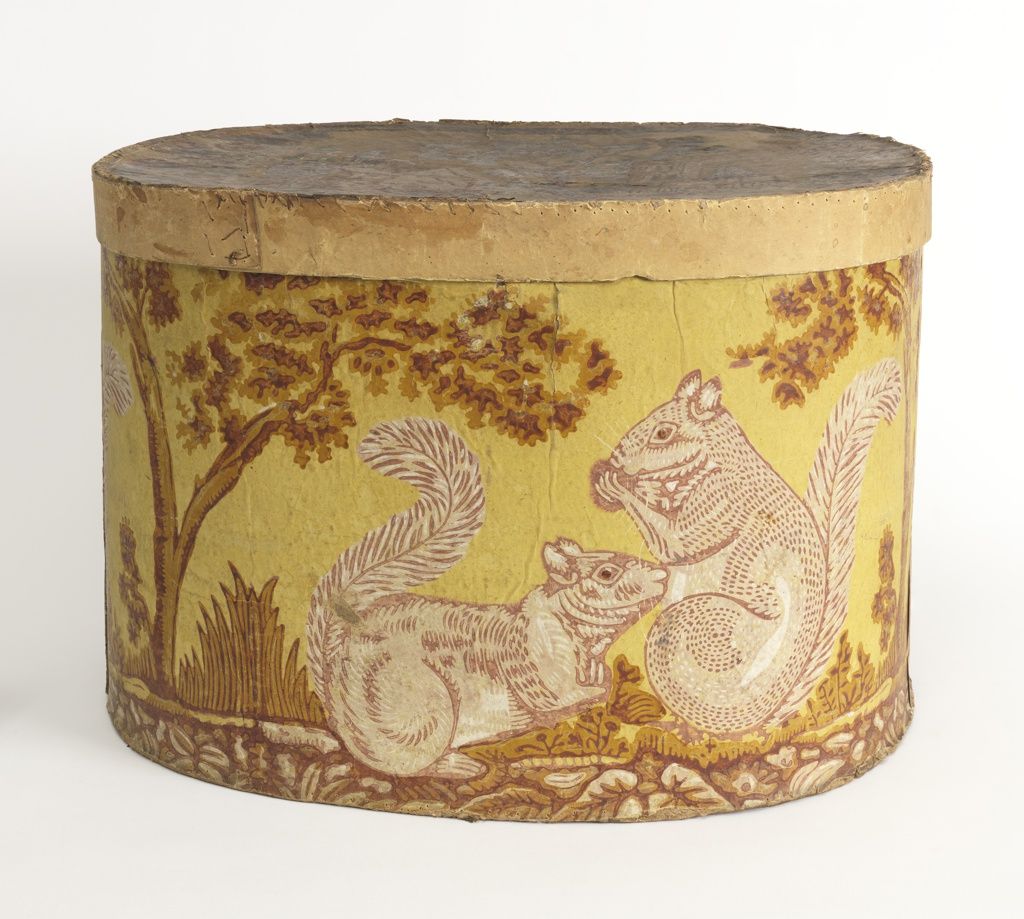Squirrels Are Inadvertent Arborists

As the temperature has dropped and the sunset has crept from the evening into the afternoon, the squirrels have been busy. Watch one and see how it seems to move erratically from a tree trunk to the ground, quickly burying some morsel. How will it find it again when snow dusts the dry grass and the final leaf has long ago fallen from autumn’s foliage?
Unlike the local chipmunks, the eastern gray squirrels which are common throughout New York City do not have a cache of supplies for winter but a whole constellation of hidden sustenance that they will recover by scent or memory. This seemingly chaotic system does not just help to protect their stash from theft, it also supports the oak trees that drop their beloved acorns. An acorn that falls from a branch can sprout in the dirt, but in the tall shadow of its parent tree, it can never grow tall. A squirrel that carries it away for interment elsewhere helps with seed dispersal and reforestation.
The Squirrel Census, which has carried out local citizen science investigations, estimates there are over 2,000 squirrels in Central Park alone. Although indigenous to the area, urban development pushed the eastern gray squirrels out of Manhattan so by the mid-19th century they were so scarce that a sighting could cause a sensation. The New-York Daily Times on July 4, 1856, reported on an escaped caged squirrel that sought its freedom in a tree on Broadway: “Soon a crowd of several hundred persons had collected.” Eventually a police officer disrupted the frenzied scene after an attempted capture where “the animal's teeth proved sharper than he had bargained for.” After the squirrels were reintroduced in the new city parks, such as in Central Park in 1877, they again became abundant.
They continue to thrive here. When spring comes, acorns buried by these inadvertent arborists will emerge as new shoots. Maybe they were forgotten or germinated before a squirrel returned for them. Maybe the squirrel that secreted this acorn was lost to a hawk or unleashed dog and this small green growth remembers where their tiny paws scraped the earth.

- On the Williamsburgh Savings Bank Tower, former Independence Savings Bank (now the Trader Joe’s on Brooklyn’s Court Street), and other historic structures of finance, you can spy squirrels carved in stone or cast in metal as symbols of savings. They hold planters out of which crops flourish or clutch acorns, honoring their success as savers for whatever the future may bring.
- We humans prefer warmer seasons for stashing things. When cold months return, New Yorkers pull up the gate on their storage units, unearthing winter puffers and holiday decorations. NYC holds some 30,000 units in 280 facilities, and we are the most expensive U.S. city to rent in. Rather than spend money for a lightless (perhaps rat-infested) cube, winnow down your belongings and spend your summers, like squirrels, splooting rather than storing.
- In winter, splooting gives way to shivering. Eastern gray squirrels are champion shiverers. According to Ducharme, et al. shivering allows squirrels to reach 10 times their standard metabolic rate—increasing heat production inside their bodies in a feat that “ranks among the highest reported” for warm-blooded animals. As you stand on cold street corners, leaning against the wind, channel the vibratory powers of squirrels and welcome the power of your own heat.




